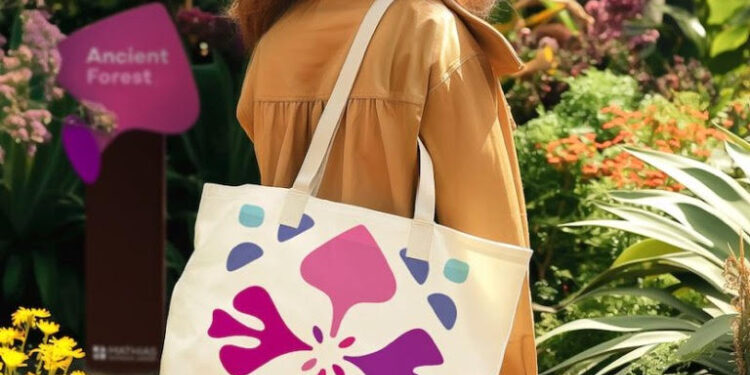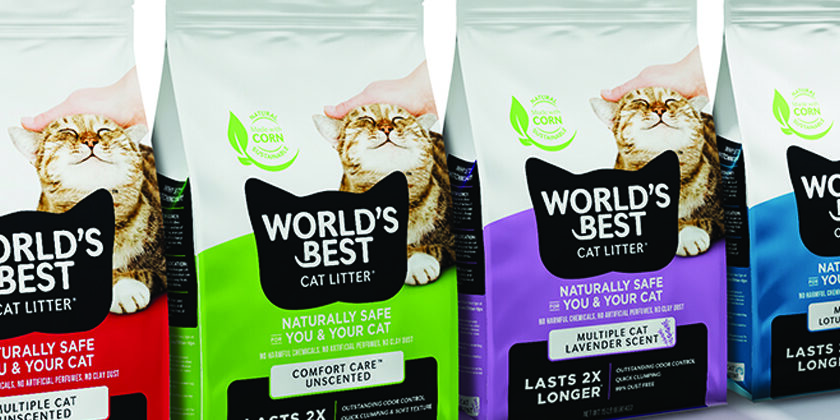Mar 23, 2019
When you’re developing a new kid’s brand or evolving an existing brand, you’re never just appealing to a child; you also have a responsibility and need to address the gatekeepers of these brands. You have to check all the boxes for mom and dad while creating a package that appeals to the youngest consumers. It makes for a precarious balancing act that marketers must walk.
For parents, it’s about transparency and understanding what they are buying. What are the ingredients, benefits and functions, and sometimes knowing what’s been eliminated is just as important (e.g. no GMOs, preservatives, parabens, etc). If your brand lives in the drug channel, ease of use and proper identification are also critical.
In the end, your success can really be measured by how well you know your audience. The following are some things to consider as you embark on the journey.
Know Your Kid (Hint…it’s not every kid)
For kids, appeal varies tremendously. When you have a brand targeted to a 2-4 year old, it’s really about bright colors and basic characters or illustrations, and you’re talking primarily to mom at this age. Moving into 5-9 year olds, the images should be more complex and dynamic, and you can expect that these kids will be weighing in heavily on the purchasing decision. By 10 you’re either moving into more sophisticated color palettes and images or moving out of the category completely and onto adult brands.
For KIND Kids we were targeting the elementary-school-aged child. We’re lucky that a lot of our agency consists of parents who spend a good amount of time looking at what’s current in kid’s programming, gaming and literature. Understanding visually what kids are seeing out in the world at different ages is particularly important to creating a relevant design that resonates.
Taking all this into consideration, the creation of KIND Kids led with rich colors that paired well with appetite appeal. Our super-powered kids were custom drawn and borrow from current trends while addressing our target’s developmental stage-everything from the size of features to the body movements were considered. There is a confidence to their positioning and stance that puts them in control of their own healthy eating. The bars were photographed and the ingredients were illustrated to bridge the gap between bar and super kids, adding to the dynamic nature of the package. And to satisfy mom, key nutritional information is clear and concise on front of pack.
Know Your Parent (Hint…it’s not every parent)
So often we talk to brands that think the Universe is their target audience, but sometimes choosing a smaller target can have the biggest rewards. This certainly rings true in kids’ branding because there are so many different audiences to consider. A millennial mom is very different than an older Gen X mom. Just like a three year old has a very different relationship with a brand than a 10 year old. Knowing what kind of parent you are targeting is important-age, life stage, geography and psychographics all come into play when you are developing a brand. Just as knowing those human truths that resonate with all parents helps to bridge the gap between parent segments.
We were lucky enough to develop Little Spoon, the country’s first truly accessible fresh baby food brand, from the ground up, even playing a role in identifying the missing need in the marketplace. One of the assets the brand has had from the onset is a laser focus on its target parent audience. That knowledge has been a driving force for everything from distribution to innovation to communication tactics and influencers.
Little Spoon has been able to make purposeful choices as a brand that’s allowed for great success by taking a very niche approach to targeting. You won’t find them in stores, but just like Blue Apron, your baby food can be directly delivered each week to your door. And the company is blowing up Instagram with a tone of voice that speaks to the more leading-edge, digitally native parents flocking to the brand (think baby food giveaways paired with rosé).
Know Your Voice
More than four million children in the U.S. suffer from food allergies, and that number is growing. It is believed by many doctors that introducing common food allergens to infants will help alleviate more serious food allergies later in life. When Inspired Start came to us with the idea of creating a product to address this growing concern, we were all in. But we also knew it would be quite a challenge introducing a product where the whole purpose was to promote ingredients and concepts that parents are typically fearful of and trying to avoid.
The nutrition and allergy experts at Inspired Start knew they were on to something with the product proposition but didn’t know how to communicate the complicated message and science. Unlike many kids’ products, we kept the Inspired Start tone and language very educational and serious compared to the rest of the category. We also used every inch of the pack to educate the consumer on the product, the science behind it and the way the system works in down-to-earth communication that doesn’t require a PhD to decode. Additional touch points were developed to provide deeper education and guidance to consumers as well as clinical reassurance.
On the opposite spectrum is another brand we’ve loved building, Boudreaux’s Butt Paste. Traditionally, the world of diaper rash has been consumed by very clinical, serious brands-and with good reason. If you’ve ever had a kid with diaper rash, you know it’s no joke. But with every brand playing in the same positioning space, we knew there was potential to appeal to consumers with a differentiated proposition. As we started talking to moms and dads, we saw a theme emerging among younger parents who enjoyed some comic relief from the not so funny situation. That led us to double down on the quirkiness of the brand and embrace its unique and somewhat unorthodox voice. The unheard of brand from several years ago is now a solid number three in the category and gaining every year.
Know The Pain Points
Brands playing in the kids’ healthcare space have some additional considerations. While the principles above apply, medicinal brands also need to take compliance into account as well as overall functionality.
As a mom who travels a ton, one of the banes of my existence is trying to sneak kids’ medicine into non-checked baggage. Unlike adults who have plenty of travel-sized options and can easily find last minute supplies at airport gift shops, kids have rarely been factored into the equation.
Enter one of my favorite brands, Zarbees. The day I saw the new travel-sized sachets of honey cough medicine I nearly wept at the shelf. They now go with us everywhere we travel. I love this example because it proves how simply paying attention to trends like convenience can create a new revenue stream with very little effort.
Brands that win in this space understand the moments that parents struggle with and address them with real solutions. Parents are consumers that are ripe to try products that solve needs and make life more manageable.
Know That Your Audience is Evolving As We Speak
Unlike adults, kids are rapidly developing and changing, so your audience is always evolving. And in our increasingly digital world, kids are making the leap to more adult wants, needs and aesthetics at a pace unlike anything we’ve seen before. Winning in this volatile world of kids’ brands then becomes an exercise in staying current with kids’ trends, technology and entertainment and always keeping an eye on the generation coming up next.
It’s fast, furious, fun and frustrating all in one. But at the end of the day when you have a great product that fills a need, looks fantastic, is speaking to the right audience in the right way and killing it in the market, it’s all worth it.



